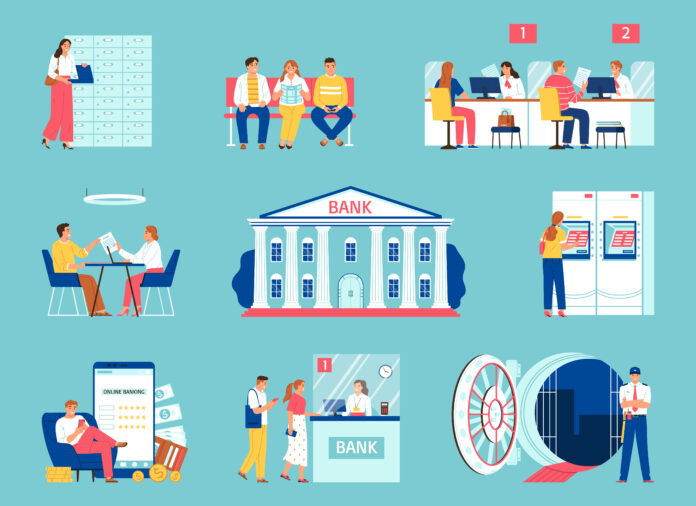
Customers’ needs are changing. They expect more from service providers in the form of fast, frictionless, and personalized journeys. Their banking practices have also altered, with many of them now using digital and looking for it from their banks. Customer experience (CX) is proving to be the strategic differentiator for banks, with experience leaders outperforming laggards.
Banks can take several actions to establish (or reestablish) trust
First, they can be transparent for emotionally charged interactions such as the ways fees are charged and explained (for example, on statements), the status of a loan application, and how disputes are handled. One leading payments player recently underwent a company-wide program to dramatically simplify its customer communications—from everything such as statements to the terms of loan applications to product offers on its mobile app. This program resulted not only in higher customer satisfaction (CSAT) scores, but also fewer calls coming into the contact centers (for example, for customers not understanding bills or terms and conditions clauses).
Second, they can deeply know how customers want to bank and then give them the power to interact across any channel. For example, the marketing messages they want to opt into, what channel with which they prefer to interact (email, mail, phone call, or text message), and what data they would like the bank to use when making them product offers.
Third, banks can proactively identify and help customers resolve fraud by leveraging advanced analytics. Fraud resolution is one of the most emotionally charged journeys for customers, and anything that can help them feel at ease dramatically drives trust, as well as “advocacy” by the bank on their behalf. Several banks now send text messages or emails and phone customers at the first sign of potential fraud—offering customers an opportunity to “dismiss” the alert or follow through with a fraud claim. Many banks also use this to drive advocacy by removing the charge from statements while they investigate (versus charging customers first and then refunding the charge).
And last, banks can offer a window into a customer’s financial wealth, based on customer spend and transaction history, credit bureau data, balance information, interest charges, fees, and so forth. This opens the space for banks to offer a “financial-health” score for their customers. For example, a fintech company took this to the next level by not only showing a financial-health score for its clients, but also offering advice on how to improve that score (for instance, through paying off high-interest debts and savings strategies). With this move, they aimed to become more customer-centric and develop clients’ trust. (Chheda, Goldstein, Natriello, & Schiff, 2023).
I was particularly drawn to this article because of the phrase “experience-led growth” in the title. It caught my attention, because I haven’t ever heard that phrase plus it specified it was about banking. Overall the article lists a few different ways banks can adapt to their customer’s needs and examples of what they could do, but the concept copied above stood out to me the most. It recommends that, for banks to be able to establish trust with their customers, they need to be transparent and be able to simplify their services. Explaining things (like fee reasonings, etc.) ultimately resulted in customers contacting with less questions and very more satisfied with their experience. While I do think transparency and simplicity are both things that could benefit a customer with their understanding of the product, can you really have both? With finances, just how transparent can banks really be? Maybe instead of trying to fulling achieve both, can we find the balance between the two? I think taking transparency and simplicity into account as I look deeper into customer service will be an interesting path to take.
References.
Chheda, S., Goldstein, J., Natriello, T., & Schiff, R. (2023, May 2). Five ways to drive experience-led growth in banking. McKinsey & Company. https://www.mckinsey.com/capabilities/growth-marketing-and-sales/our-insights/five-ways-to-drive-experience-led-growth-in-banking



